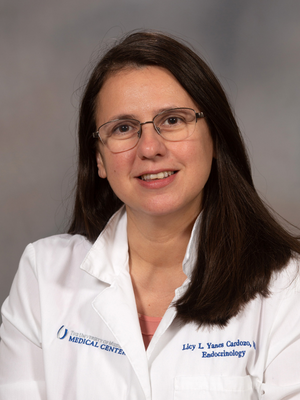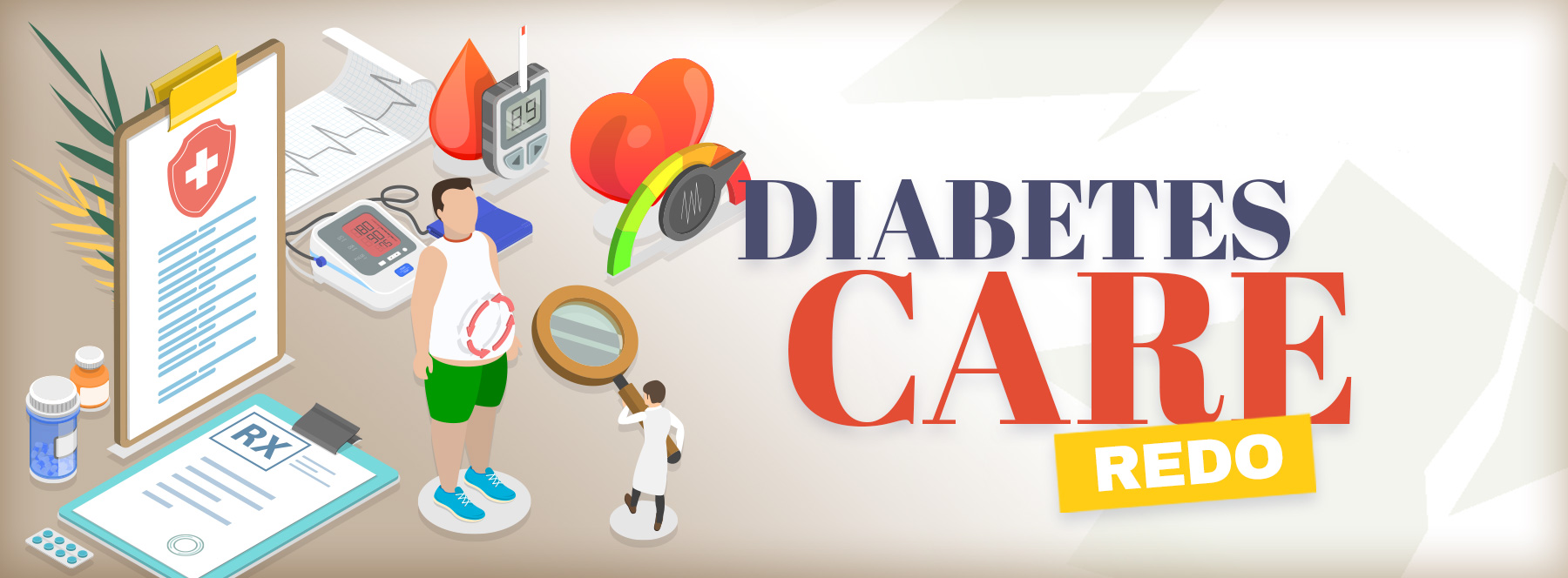Updates hit harder at weight loss, blood pressure targets, and much more
In the battle against diabetes, it is clear now more than ever that the best way to win is to lose.
For many Americans, losing weight is so critical to controlling or preventing the disease that the American Diabetes Association has, for some time, recommended that patients lose five to 10 percent of their poundage; but not anymore.
The ADA has upped the standard to as high as 15 percent. That’s just one of nearly 100 new or revised guidelines the organization issued in December, in a yearly ritual that gives a traditional New Year’s resolution another reason to live.

“Numbers are everything in these guidelines; knowing your numbers: your blood pressure, cholesterol, A1C [blood sugar level],” said Dr. Licy Yanes Cardozo, an associate professor of medicine-endocrinology at the University of Mississippi Medical Center. “But the major change this time concerns obesity.
“The more weight you lose, the better off you will be. Another reason for increasing the recommended weight loss percentage is that now we have clear data showing that if you lose up to 15 percent, you can even reverse diabetes if interventions are in place early on.”

Why didn’t the ADA recommend a 15 percent target before now? “Because, in the past, we didn’t have the medications that would make that doable,” said Dr. Lillian Lien, professor of medicine-endocrinology, and director of the Division of Endocrinology, Metabolism and Diabetes at UMMC.
“The ADA didn’t want people to get discouraged if they didn’t achieve 15 percent. Now, we have more than one class of medications that have helped people achieve for the first time that level of weight loss.”
These newer medicines are “game changers,” Yanes Cardozo said. “They can even help patients lose up to 20 percent of their body weight; that is huge.”
A five to 10 percent weight loss is still a good first step,” Lien added. “Get to that level to get the motivation you need to keep going, and then you can reach that 15 percent, if you need to.”
Mississippians, perhaps more so than residents of any other state, should probably take notice of these guidelines. The ADA that 326,420 of us, or about 14.4 percent of the adult population, have a diagnosis of diabetes.
Another 75,000 have diabetes but don’t know it. And another 814,000, or 35.6 percent of the adult population, have prediabetes: Their blood glucose levels top the norm, but haven’t yet achieved diabetes status.
It’s important to note that the ADA weight loss guidelines are for people with type 2 diabetes, which is more common in older adults. lt is characterized by too much sugar in the bloodstream, but can be managed with diet and exercise, in addition to medication.
By comparison, type 1 is also chronic. It has no cure and involves using insulin to manage the amount of sugar in the blood. There’s good news for type 1 patients as well. “The technology is getting better, as far as the insulin and the insulin pump,” Lien said.
“There are newer and different types of insulin coming on board that last longer. The pump technology is helping people get control to an extent that I have not seen in a while.
“Cardiovascular disease is still a leading cause of mortality among people with diabetes, so we need to be more aggressive in their management.”
Other recommendations include those covering:
- Blood pressure: “Now they call a blood pressure reading high if it’s 130 over 80,” Yanes Cardozo said. “The goal is to have less than 130/80. This is very important. We have very good medications to treat hypertension now as well.”
- Cholesterol: Also because of new and better medications, the ideal number, for LDL, or “bad” cholesterol, has been lowered – from 70 to 55 for those with established heart disease, Yanes Cardozo said. Cholesterol numbers can help determine your risk for heart disease.
- Racial disparities in care: “We know that Black and Latino patients have a high prevalence of diabetes,” Yanes Cardozo said. And outcomes for them are poorer. The guidelines are meant to bring more attention than ever to this divide and lead to possible solutions. A good start is to include social determinants of health in the planning and delivery of diabetes self-management, education and support.”
- Social determinants of health: These are described by the Kaiser Family Foundation as “the conditions in which people are born, grow, live, work and age that shape health.” Over the past few years, the ADA and other organizations have recognized that treating diabetes is also about treating those conditions, Lien said. “One problem is not being able to get medications to some patients,” Yanes Cardozo said. “A huge barrier is cost. Many patients cannot afford these great medications we have now. Also, the cost of insulin is going up and up.”
While screening for high blood pressure and high cholesterol is routine, asking questions about a patient’s social conditions is not so common, Yanes Cardozo said. But if a patient is out of work, lives in an unsafe neighborhood or faces roadblocks to a healthier diet, managing their diabetes is going to be tough.
Take food insecurity, for instance: “10.2 percent (13.5 million) of U.S. households were food insecure at some time during 2021. And Mississippi ranks among the top states for food insecurity,” Yanes Cardozo said.
“When we see patients, we need to assess this. So, now we are asking patients in our clinic if they have access to healthy food, if they can afford healthy food.
“Getting that information and putting food insecurity in the front row is an important first step. We may not know exactly how to fix it yet, but having the information is powerful.
“Also, we are lucky to practice at UMMC, where we have social workers. They do a great job of helping patients meet their needs. However, much more needs to be done to improve the food security rate in Mississippi.”
The above article appears in CONSULT, UMMC’s monthly e-newsletter sharing news about cutting-edge clinical and health science education advances and innovative biomedical research at the Medical Center and giving you tips and suggestions on how you and the people you love can live a healthier life. Click here and enter your email address to receive CONSULT free of charge. You may cancel at any time.



